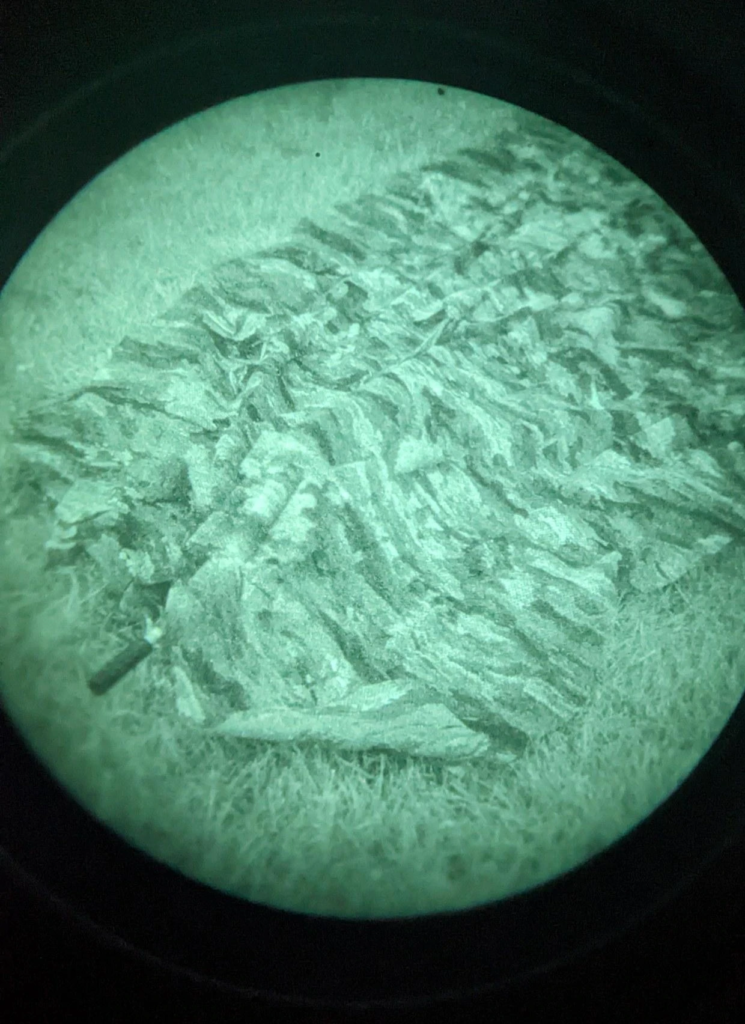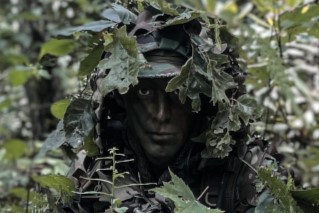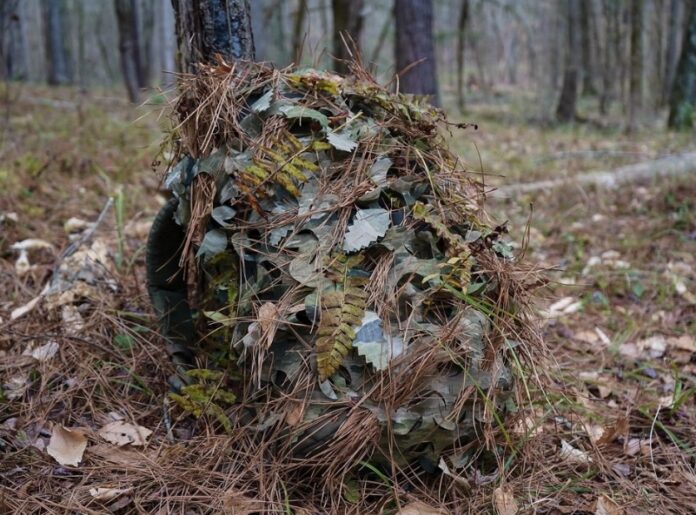Predator Ghillie™ camouflage is crucial for wildlife photography and observation. Predator Ghillie™ camouflage enables photographers and researchers to blend seamlessly into natural environments, minimizing their disturbance to wildlife. This specialized form of concealment has origins in military sniping, but its utility in nature observation is equally valuable.
1. Blending into Natural Surroundings
Ghillie suits are designed to mimic the environment in which they are used, incorporating natural elements like leaves, grass, and twigs. This helps wildlife photographers blend into their surroundings, making them invisible to the animals they are trying to observe. Since many animals rely heavily on sight to detect threats, a well-camouflaged photographer or researcher can remain undetected, allowing them to get closer to their subjects without causing alarm.
2. Minimizing Disturbance to Natural Behavior
One of the primary goals in wildlife photography and research is to capture animals in their natural state. Human presence can often alter animal behavior, either by scaring them away or causing them to act differently. By using Predator Ghillie™ camouflage, the observer can minimize such disturbances, ensuring that the animals continue their normal activities—feeding, hunting, playing, or interacting socially. This results in more authentic photos and observations, essential for both artistic and scientific purposes.
3. Getting Close to Elusive or Skittish Species
Some animals are naturally shy or skittish and will flee at the first sign of danger. Predator Ghillie™ camouflage allows researchers and photographers to move closer to elusive species without being noticed. This is especially useful for observing rare or nocturnal animals, such as certain birds or predators, which might otherwise be impossible to photograph or study closely.
4. Creating Safe Observation Points
In some cases, photographers or researchers might need to set up a stationary hide or wait for long periods in one spot. Ghillie suits allow them to remain concealed in such situations. While a traditional hide is stationary, a ghillie suit offers the flexibility of movement, allowing the observer to adjust positions without losing concealment. The Beez Combat Systems SPECTRALFLAGE BLANKET also doubles as a hide.

5. Assisting in Research and Data Collection
For researchers, ghillie camouflage is particularly valuable when conducting behavioral studies. Data on animal habits, feeding patterns, mating rituals, or interactions with others must be collected without human interference to maintain accuracy. The use of ghillie camouflage ensures that the presence of a researcher doesn’t skew the data by prompting abnormal behaviors in animals.
6. Increased Stealth for Tracking
Photographers and researchers often need to track animals in their habitat. Predator Ghillie™ camouflage provides them with greater stealth during tracking missions. Whether they’re following a herd of deer or trying to capture the intimate moments of a predatory animal hunting, Predator Ghillie™ camouflage allows them to move discreetly and keep a low profile.

7. Ethical and Conservation-Friendly Approach
Using Predator Ghillie™ camouflage aligns with the ethics of responsible wildlife photography and conservation efforts. By reducing disturbance, photographers and researchers respect the animals’ natural habitats, contributing to non-invasive observation methods that promote wildlife conservation. This approach ensures that the animals’ natural behaviors are preserved and that their environments are not disrupted.

